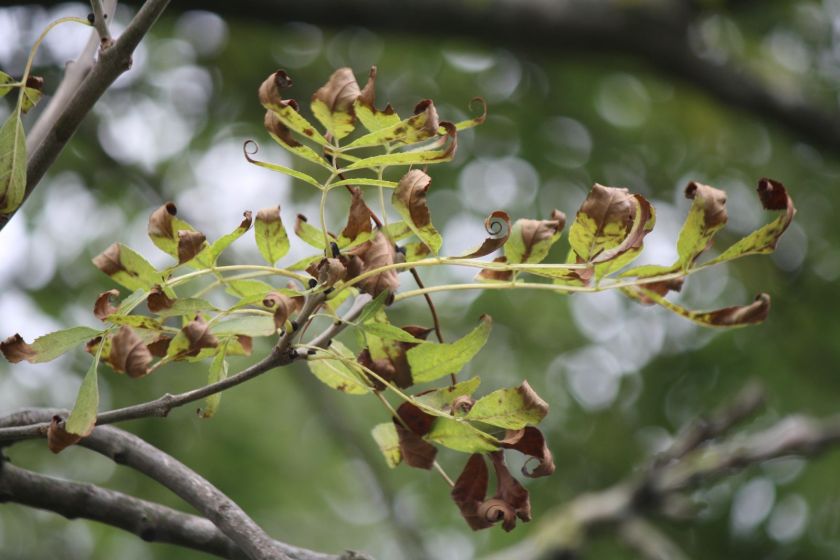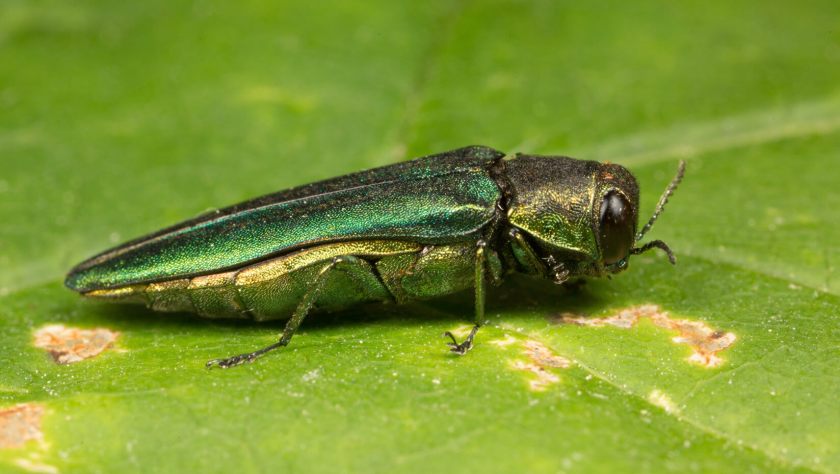Richard Buggs from Royal Botanic Gardens, Kew gave a seminar at Bangor University to speak about his research into genomics for future trees, discussing the threats they face and possibilities to overcome these threats.
Threat towards our trees is growing by the day; climate change, pathogens, fragmentation, and animal damage all play a part in the destruction of tree populations.
Threats to ash: Ash Dieback (ADB)
A fungal species that has spread rapidly all over Europe via spores. After 10-12 years of exposure to ADB, tree deaths increase massively.
Although ADB is an awful fungus killing many trees throughout Europe, there is still a 20% survival rate even in the worst infected areas, showing potential to overcome the fungus.
Richard commented how certain ash species are genetically immune to the threats of ash dieback, and genomics could help increase this immunity and save the species.
Predictions had been made that Ash trees would become extinct by 2012, however, that was clearly overly pessimistic, giving that it is 2018 already.

Threats to ash: Emerald Ash Borer (EAB)
Although this wood-boring beetle is not yet found in the UK, it is making its way over. Native to Asia, it has spread up to Russia, through Moscow and up to the border of Ukraine, and its only a matter of time before it enters the UK.
It lays eggs on the tree, the larvae burrow into the trunk causing the tree to lose its vascular layer and killing trees faster than most other threats.

Solutions?
- Natural selection
- Breed tolerant genomes
- Genomic acceleration of breeding
- Cross-breed native and non-native species
- Plant oak instead
Genomics is essential for accelerated breeding, CIS-genetic and Trans-genetics.
With the use of reliable genetic markers, it would be possible to see which trees could survive, helping us act out natural selection rather than hindering it by removing susceptible trees.
In Ohio, EAB beetles were planted on different species of Ash trees, and checked two weeks later for their condition and life stage of larvae.
Asian species of Ash were found to kill the larvae, whereas European species were much more susceptible, showing resistance in certain species.
Information like this shows a role for genomics in the survival of our tree populations.
How has this influenced my career?
As a zoologist, plants aren’t really my thing. However, it was interesting to hear about genomics in unfamiliar species, and definitely spiked an interest into the way in which parasites and pathogens are affecting our environment, as well as our plants and animals.
My final year project is based around microorganism, and although I don’t believe I will be taking up a career in relation to them specifically, parasites and pathogens of animals have always intrigued me, and perhaps thinking of them in more detail has even confirmed my passion for animal health.
I’m a little too far in to my Zoology degree to switch to a Veterinarian degree, however, the passion is most definitely still there for further exploration into a career regarding animal health and welfare.

